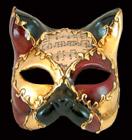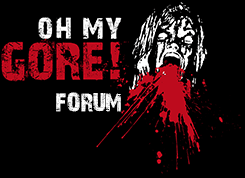Slaughterhouses: Where Racehorses Go to Retire
Every year, hundreds of thoroughbreds from the U.S. are sold to stables in Japan, where 90 percent of all horses end up in slaughterhouses. In most Japanese slaughterhouses, horses meet a frightening death. They are killed, cut apart, and end up as food for dogs and humans.
During a PETA undercover investigation inside Japan's largest horse slaughterhouse in Kumamoto, we captured video footage of a thoroughbred's last minutes. The horse is sprayed with water before slaughterfrightened and uncertain about what is happening. He panics, and at one point, just before being killed, he slips out of his halter and escapes inside the slaughterhouse, only to be caughtand killedminutes later.
As many as 20,000 horses were slaughtered in Japan in 2008, partly because of overbreeding of thoroughbreds in the U.S., where racehorses are exploited as disposable commodities. Tens of thousands of foals are produced each year for the greedy racing industry, but there is no plan for what to do with them when their racing days are over.
Even horseracing stars can end up in a slaughterhouse. Kentucky Derby winner Ferdinand was sold to a Japanese breeder and a few years later, when they were done with him, he was sold to slaughter. During our investigation in Japan, PETA also discovered that Derby and Preakness winners Charismatic and War Emblem are at breeding farms in Japan right now. With their useful breeding days winding down, where will they end up? Learn more about the overbreeding of racehorses on our blog The PETA Files.
Please write to the National Thoroughbred Racing Association and ask it to urge its members to end the export of horses to Japan and implement limitations on the breeding of racehorses.
Abattoirs pour chevaux de courses au Japon
2 messages
• Page 1 sur 1
http://www.ablazine.com/
<a href="http://www.actuanimaux.com"><img src="http://www.actuanimaux.com/wp-content/uploads/2010/12/300x250-AAbannerV02.gif"/></a>
<a href="http://www.actuanimaux.com"><img src="http://www.actuanimaux.com/wp-content/uploads/2010/12/300x250-AAbannerV02.gif"/></a>
-

Lan - Cruelty free
- Messages: 2076
- Inscription: 04 Novembre 2003, 14:19
2 messages
• Page 1 sur 1
Retourner vers Campagnes et pétitions
Qui est en ligne
Utilisateurs parcourant ce forum: Aucun utilisateur enregistré et 0 invités

